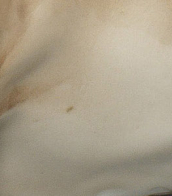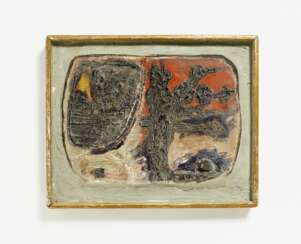gipsrelief


Oskar Schlemmer was a German artist, painter, sculptor, choreographer and designer, and was associated with the Bauhaus movement.
Schlemmer studied at the Kunstgewerbeschule in Stuttgart before becoming a student at the Bauhaus in Weimar in 1920. He taught at the Bauhaus from 1923 to 1929, and was the director of the theater workshop from 1924 to 1929. During this time, he developed a unique style that combined elements of sculpture, painting, and dance.
Schlemmer's work often explored the relationship between the human body and space, and he created a number of abstract figures and costumes for dance performances. He also created a series of sculptures and paintings that explored the idea of the "human condition" and the role of technology in society.
Schlemmer's work was considered controversial by the Nazis, who saw it as "degenerate art." He was forced to leave the Bauhaus in 1929, and his work was removed from public collections in Germany. Despite this, his work continued to be exhibited in Europe and the United States, and he is now considered one of the most important artists of the 20th century.



Corneille, born Cornelis Guillaume van Beverloo, was a Dutch painter, graphic artist, sculptor and photographer.
Corneille was one of the founders of the REFLEX movement and the COBRA group.


György Jovánovics was a Hungarian contemporary sculptor and recipient of the Kossuth Prize. He is one of the significant figures of the neo-avant-garde artists associated with the Ipárterv group.



Niki de Saint Phalle was a French-American sculptor, painter, filmmaker, and author of colorful hand-illustrated books. Widely noted as one of the few female monumental sculptors, Saint Phalle was also known for her social commitment and work.














































































